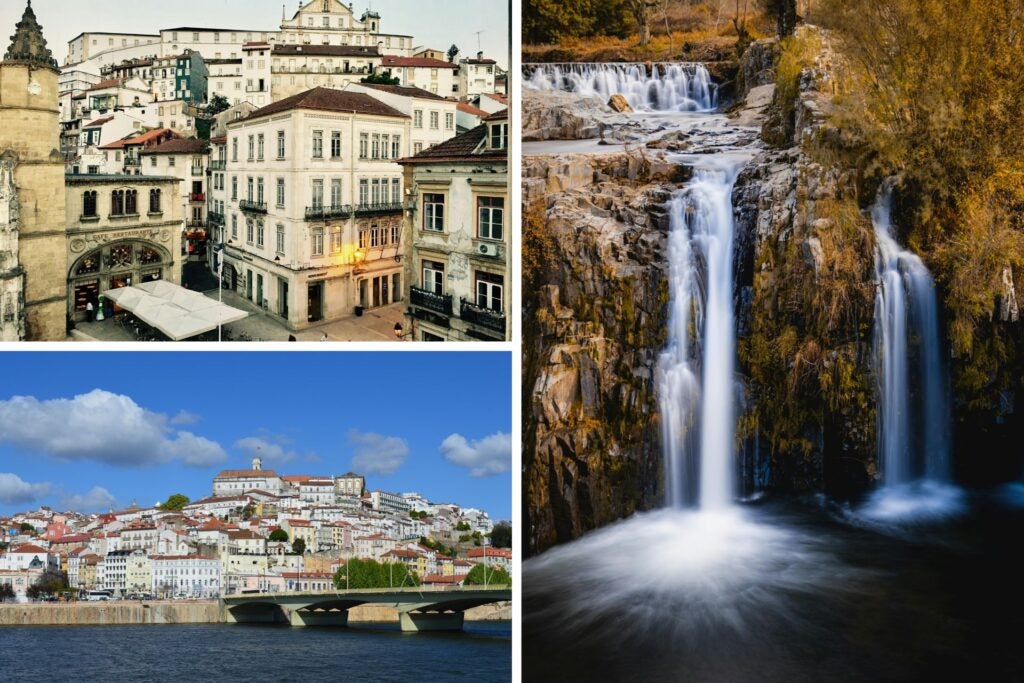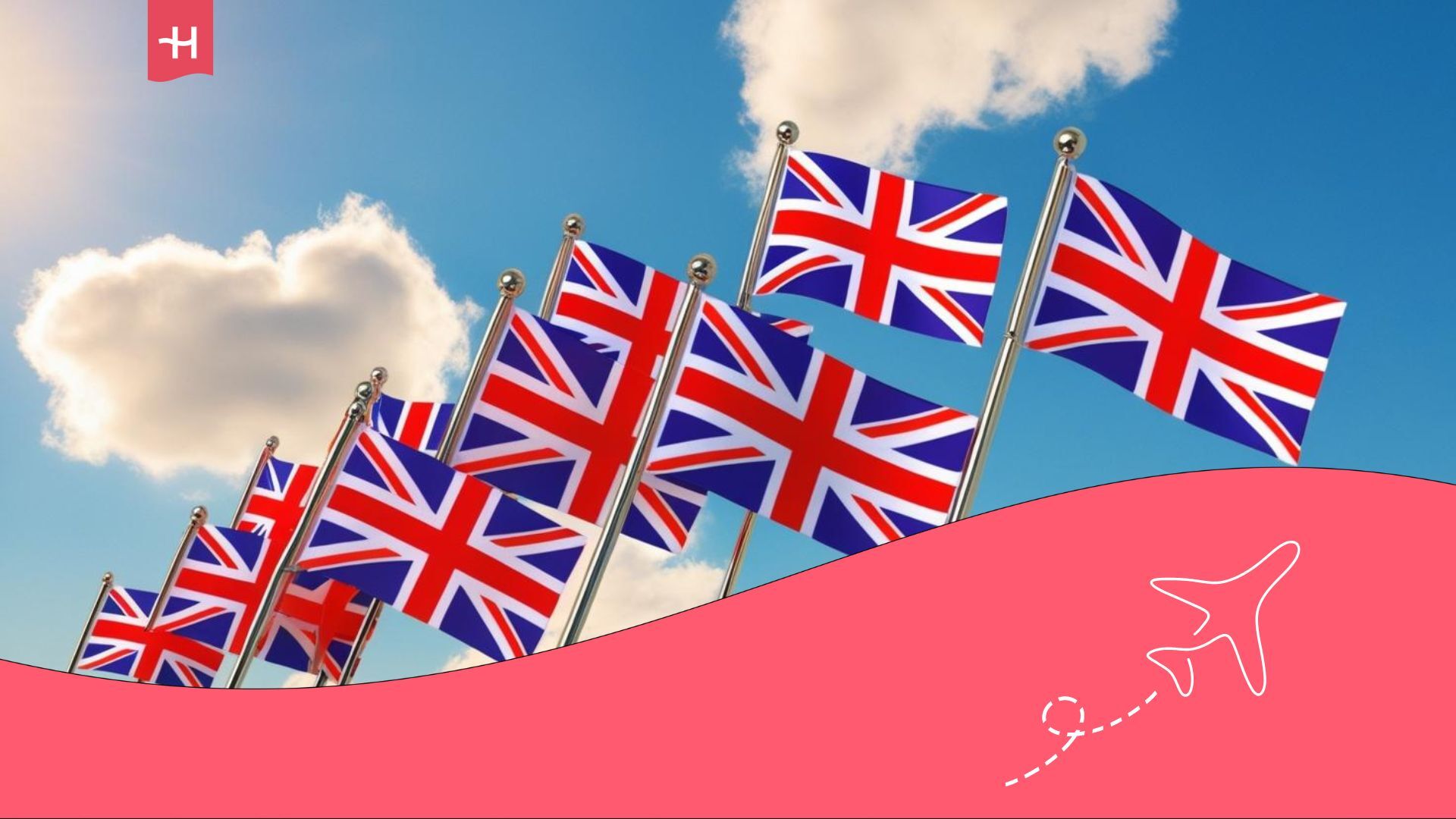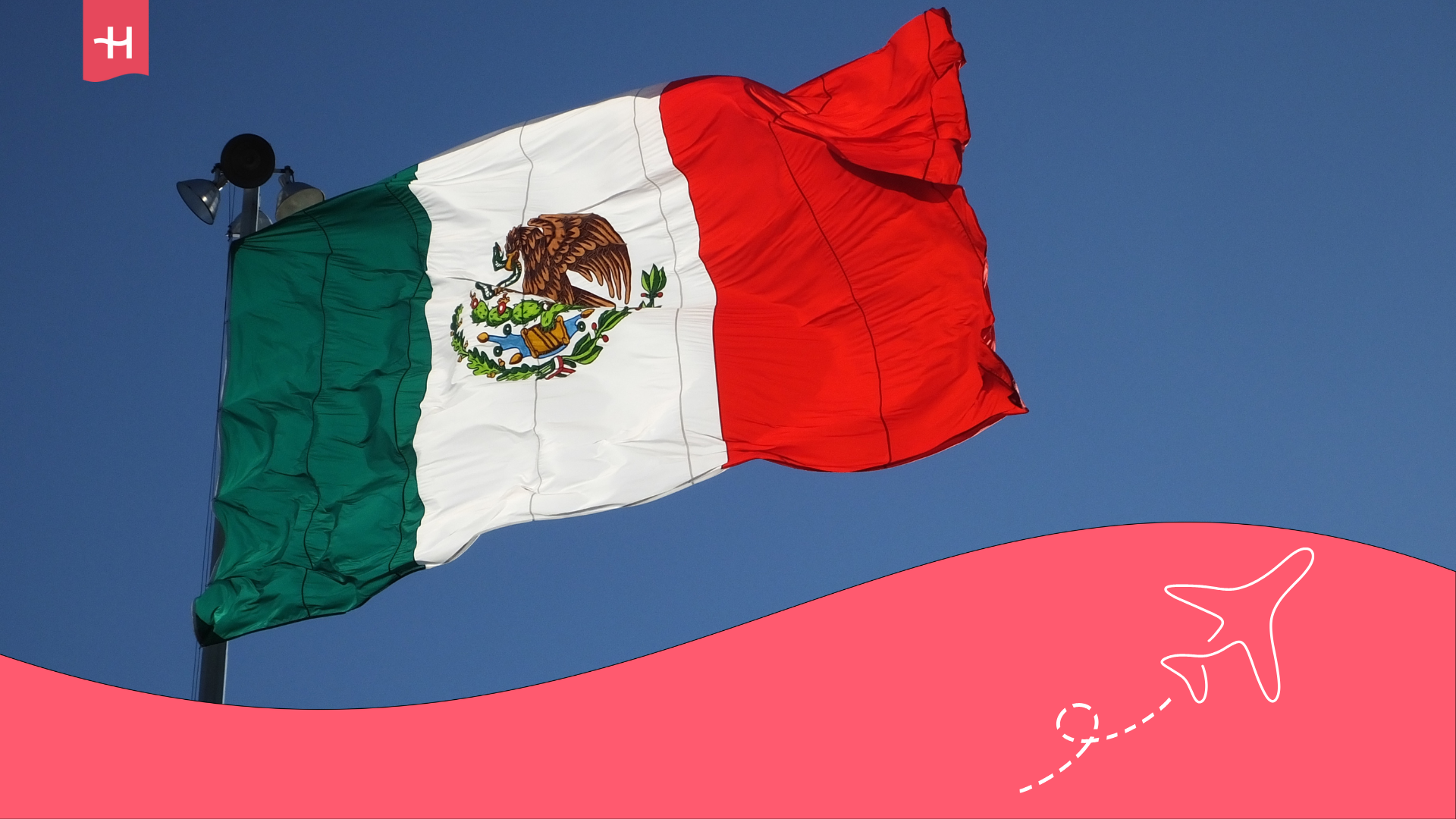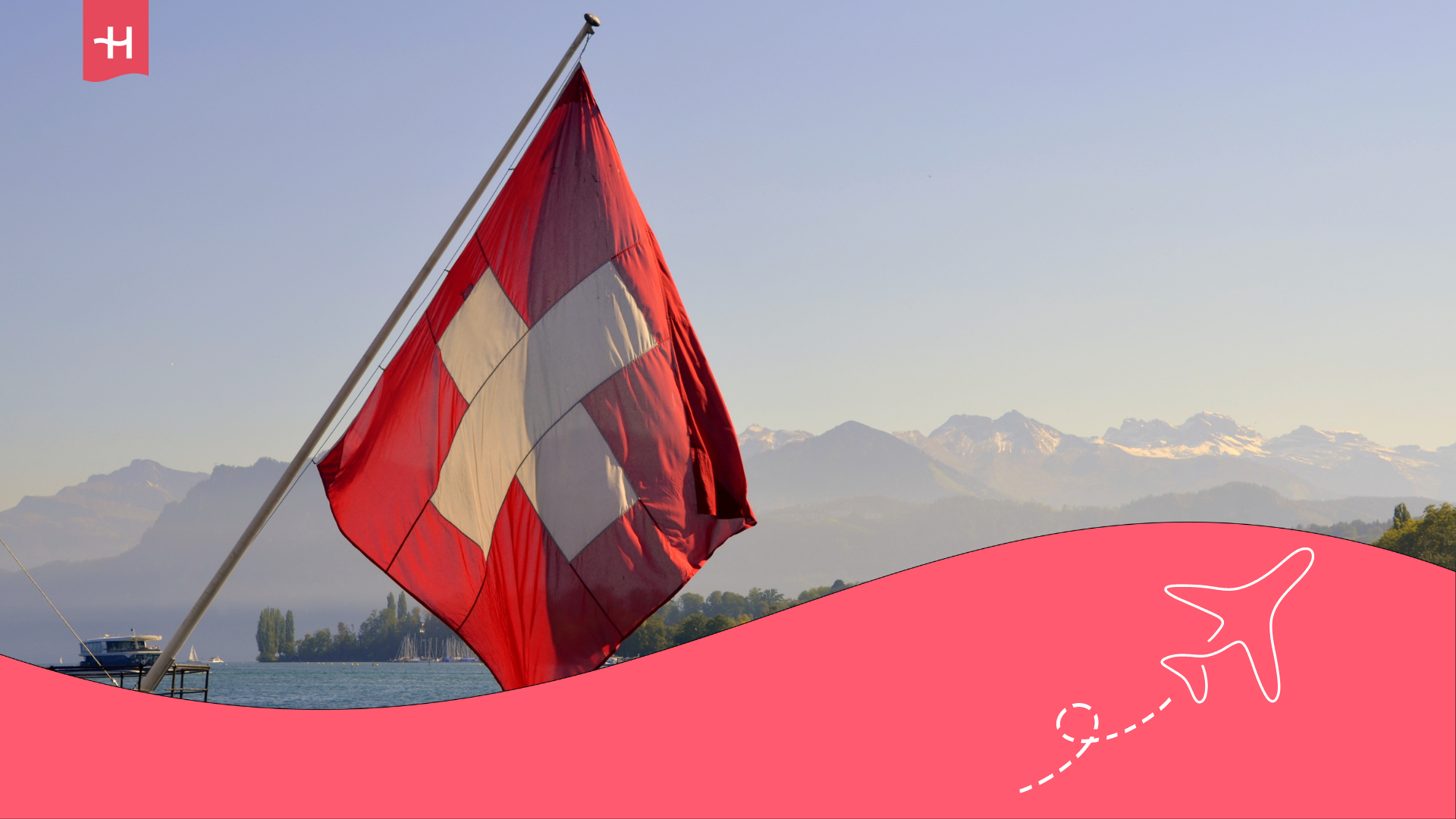Driving in Portugal: Tips and requirements
Are you driving in Portugal and need advice? Here you can find out the requirements for you to drive safely around the country.
Driving in Portugal is the best way to explore every corner of the country at your own pace, soaking in its beautiful landscapes and charming towns. With a network of modern highways and well-maintained secondary roads, safety is never a concern.
We’ve put together a handy guide with everything you need to know—valid licenses, required documents, traffic rules, how to refuel, and tips for renting a car. Ready to take the wheel?
Valid driving licenses in Portugal
To drive in Portugal, you’ll need a valid driver’s license—what counts as valid depends on your country of origin. In some cases, you might also need an International Driving Permit (IDP).
Portugal has license recognition agreements with countries like Brazil and the UK. However, if you’re from the U.S., Mexico, Argentina, Chile, or Colombia, you’ll need an International Driving Permit (IDP) for short stays—or apply for a local driver’s license if you plan to stay longer than six months. Here’s a closer look at how it works:
- EU/EEA driver’s license: If your home country is part of the European Union or the European Economic Area, you can drive in Portugal with your current license—no need for an international one. However, if you’re staying for more than 185 days, you’ll need to register your license with the Instituto da Mobilidade e dos Transportes (IMT).
- International driver’s license: Travelers from outside the EU/EEA have to obtain an International Driving Permit (IDP) and attach it with their country’s license.
To get a local driver’s license, you’ll need to apply through the IMT by submitting a form along with your passport, a medical certificate, proof of residency, and passing both a written and practical driving test.
Requirements and documentation to drive in Portugal
Beyond having a valid license, there are a few other requirements you’ll need to meet to drive in Portugal—like minimum age, mandatory insurance, vehicle condition, and traffic regulations.
Minimum and maximum age to drive in Portugal
The minimum legal driving age in Portugal is 18. However, most car rental companies require drivers to be at least 21 to 25 years old, aiming to ensure a bit more experience behind the wheel.
There’s no official maximum age for driving in Portugal, but once you turn 70, you’ll need to get regular medical check-ups and renew your license more frequently.
Standards for people with disabilities
People with disabilities can drive in Portugal as long as they meet certain requirements and make any necessary adjustments to their vehicle. Here are the main conditions:
- Driving license adapted to driving ability.
- Hand controls, adjustable pedals and power steering.
- Special parking card to be able to park in the spaces reserved for disabled drivers.
Compulsory insurance
All vehicles in Portugal are required to have liability insurance that covers third-party damages in case of an accident. You can also extend this coverage to include a more comprehensive policy for added peace of mind.
Technical inspection of the vehicle
If you’re driving your own car to Portugal, make sure it has passed the mandatory periodic inspection (IPO). When renting a car from an agency, they are required to provide one that has already passed the IPO.

Alcohol consumption and traffic regulations
The legal blood alcohol limit is 0.5 g/l, or 0.2 g/l for drivers with less than three years of experience. Using a mobile phone without a hands-free device is also forbidden, and wearing a seatbelt is compulsory for everyone.
Environmental labeling
Unlike other European countries, Portugal hasn’t yet introduced a national environmental labeling system for vehicles. So, you won’t need a specific card for this.
Lisbon is the only city in Portugal with restricted access and low-emission zones. Cameras are used to monitor vehicle plates and ensure they comply with the rules:
- Prohibited access to vehicles registered before 1997 or 2000, depending on the area.
- Hours from Monday to Saturday from 7:00 AM to 9:00 PM.
Driving connectivity
When driving in Portugal, it’s essential to stay connected so you can navigate with confidence. Holafly’s new plans make sure you have uninterrupted service on your smartphone for the entire trip.
Important: If you are a frequent traveler and want to stay connected without worrying about expensive roaming or looking for a new SIM at every destination, Holafly’s subscription plans are for you. With a single eSIM, enjoy internet in more than 170 countries for a fixed price and no surprises on your bill. travel without limits and connect easily and securely! 🚀🌍

Traffic rules in Portugal and signaling
Driving in Portugal is similar to most European countries, as traffic rules and signaling are the same. These are some of the most important ones:
- Direction of traffic: You drive on the right.
- Speed limits: 50 km/h in urban areas, 90 km/h on secondary roads and 120 km/h on highways.
- Lights: In low visibility conditions, the use of dipped headlights is mandatory.
- Emergency kit: You must carry a reflective vest and a warning triangle.
When it comes to traffic fines, using your phone while driving can cost you up to $1,350 (1,250 euros), and for speeding, depending on the severity of the offense, fines range from $65 to $2,700 (60 euros to 2,500 euros).
Tolls and refueling
In Portugal, the highway system uses an electronic toll system that works via credit card or online payment through Easytoll, which links your card to your vehicle’s license plate.
Portugal has a moderate cost of living, about 14% cheaper than other nearby destinations. This is also reflected in toll prices, which vary depending on the highway and the type of vehicle. Here are the approximate costs:
- Main highways: Between $5.40 and $21.60 (5.00 euros and 20.00 euros) depending on the stretch.
- Bridges and tunnels: Between $1.60 and $5.40 (1.50 euros and 5.00 euros)
The price of fuel varies according to the region of the country and the service station, you can check the value in real time in the Gasoil Now or MyFuel applications:
- Gasoline 95: Between $1.83 and $1.99 (1.70 euros and 1.85 euros) per liter.
- Gasoline 98: Between $1.99 and $2.16 (1.85 euros and 2.00 euros) per liter.
- Diesel: Between $1.67 and $1.89 (1.55 euros and 1.75 euros) per liter.
- LPG: Between $0.91 and $1.08 (0.85 euros and 1.00 euros) per liter.
Parking in Portugal
In Portugal’s big cities, paid parking and private parking lots are the most common. Finding free parking can be a bit tricky and expensive, but this isn’t the case in less touristy areas. Here’s a quick overview in the table below:
| Parking | Payment method |
| Blue zones | Hourly payment with parking meters or mobile apps. |
| Green zones | They are more economical and allow for longer duration. |
| Free parking | In residential areas and on the outskirts of cities. |
| Private parking | From $1.60 to $3.20 (1.50 euros to 3.00 euros) per hour and from $10.80 to $21.60 (10 euros to 20 euros) per day. |

Options for renting a car in Portugal
To really get to know every corner of the country and explore its towns, driving is the best option. You can rent a car from companies like Hertz, Europcar, Sixt, and Avis. Below are the approximate rates based on the type of vehicle:
- Economy: From $27 to $43 (25 euros to 40 euros) per day.
- SUV or family: From $54 to $86 (50 euros to 80 euros) per day.
- Luxury or sports: From $108 to $216 (100 euros to 200 euros) per day.
Tips for driving in Portugal as a foreigner
Are you ready to drive in Portugal? So far, we’ve covered the key points you need to know to follow the rules and drive safely. Here are some tips to help you improve your driving experience in the country:
- Respect speed limits: Maximum 50 km/h in the city, 90 km/h on highways and 120 km/h on freeways.
- Use navigation apps: To avoid paying unnecessary tolls, you can use Google Maps or Waze.
- Traffic schedules: In big cities, such as Lisbon and Porto, traffic is quite dense during rush hours, take this into account to avoid traffic jams.
- Check the condition of the vehicle: If you rent a car, check it for possible damages before leaving the agency.
Frequently asked questions about driving in Portugal
U.S. citizens can drive in Portugal with their license for up to 185 days. For longer stays, you’ll need to apply for an International Driving Permit.
Speed limits are 50 km/h in urban areas, 90 km/h on secondary roads and 120 km/h on highways.
The alcohol limit is 0.5 g/l and for novice drivers the limit is 0.2 g/l.
Yes, it’s a very safe country to drive in, as the roads are well-maintained and clearly marked. However, we recommend being cautious in rural areas where the roads can be narrower.
Yes, as in other European countries, civil liability insurance is compulsory.





 Language
Language 


















 No results found
No results found







